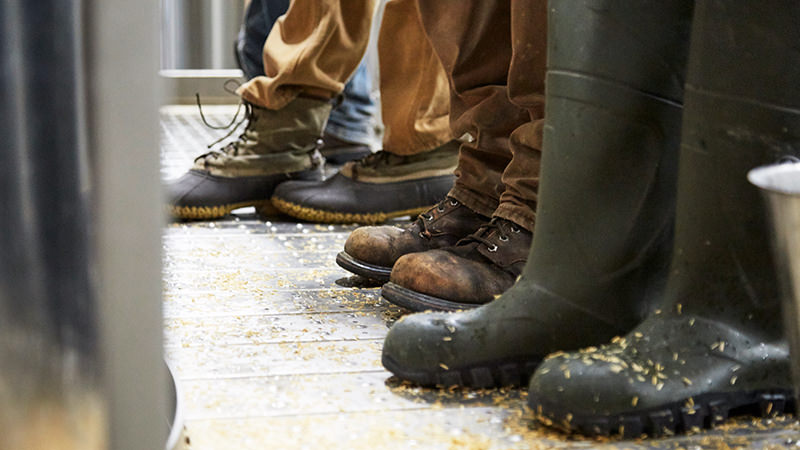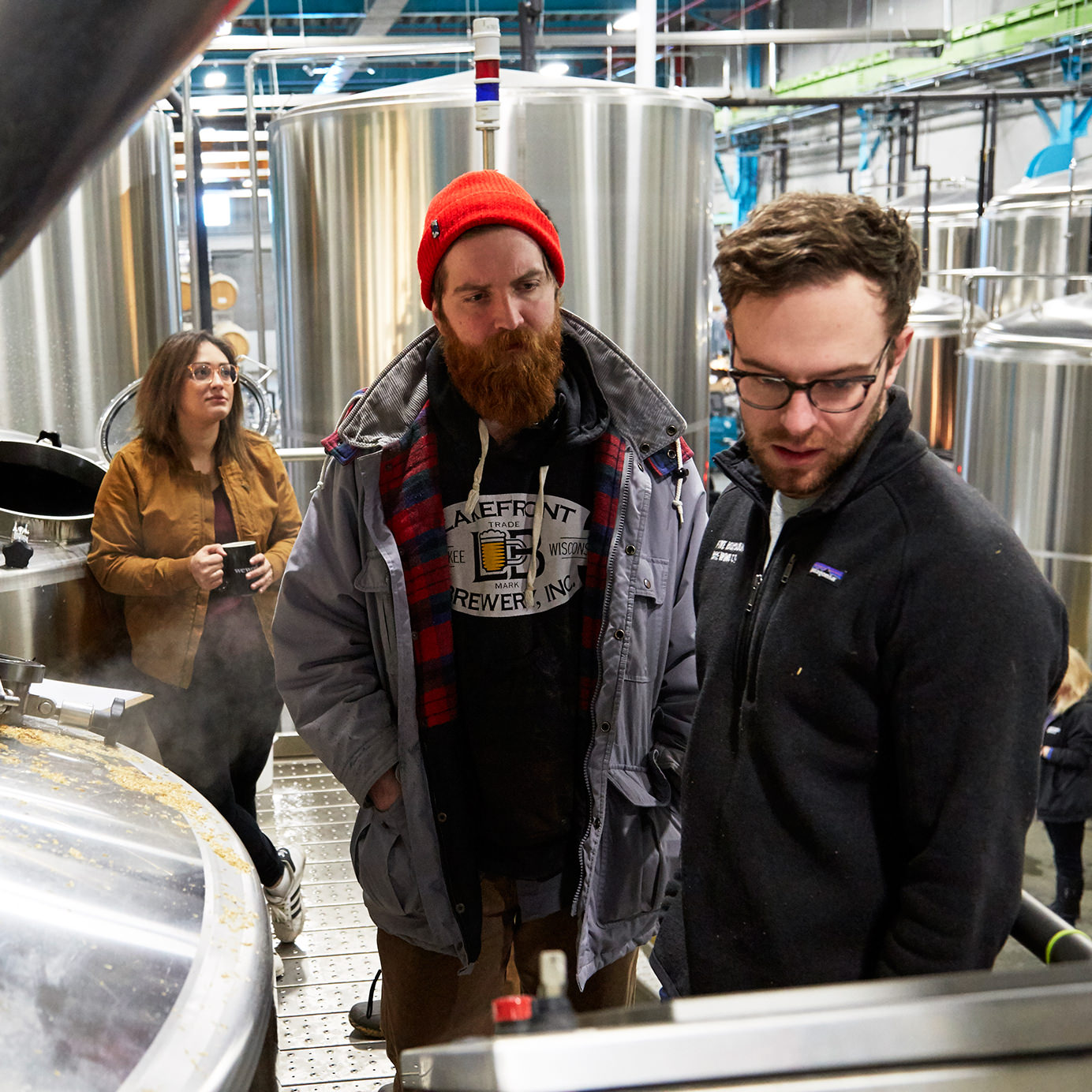One of the splashiest brews at New York City’s Beer Week in February 2018 didn’t come from a legacy label. It came from an assemblage of nine newcomers.
In preparation for the weeklong event, Five Boroughs Brewing Co. of Sunset Park, Brooklyn orchestrated a collaborative feat: a brew day involving all nine new breweries that launched in New York in 2017. The resulting beer, called Class of 2017 New York City Pale Ale, was a smash hit. It was the largest brewery collaboration New York had ever seen.
Collaborations have gone from one-time rarity to almost the norm for craft brewers — two or more breweries join forces to make a beer, and ultimately sell it with both brands on the label. It’s community-driven, it’s marketing savvy, and, at its best, it’s a learning experience.
“A lot of the breweries here with us [for the Class of 2017 brew day] don’t brew on similar-sized systems, so it’s an opportunity for them to see and help out on a larger scale system,” Kevin O’Donnell, Five Boroughs co-founder and COO, says. Five Boroughs has one of the most impressive facilities in the city, spanning 12,500 square feet of production space, a 2,500 square foot taproom, along with its own lab (and shower!). “They all mentioned they had never seen a big production brew — they’re used to much smaller systems —so it’s a cool experience for them to take part in,” O’Donnell says.
For a collaboration beer, there is generally a “host” brewery and visiting brewer or brewers. The host accrues most of the responsibilities for the brew day, including sourcing ingredients, staffing the actual physical brewing of the beer, and sorting out packaging and label design. The recipe is formulated beforehand as a group, either through in-person meetings or a surprisingly office-life-adjacent email chain.
“The way it normally works is, the hosting brewery team does the actual brewing and is responsible for raw material procurement. Then we put a brew day on the calendar,” Nick Griffin, head of brewing and quality management at Five Boroughs, says. The host brewers do the dirty work — grinding grain, mashing in, transferring wort from brew kettle to fermenter — and “the other brewers show up, and normally start drinking almost immediately,” he says.

In true collaborative fashion, the visiting brewers will typically take care of the cleanup, shoveling spent grain out of the mash tuns and getting things spick and span for the next brew day. They’ll often also help out with hop additions. “Hop additions are what everyone wants to do,” Griffin says.
But the value of brewery collaborations goes beyond fostering community or taking a field trip to another brewery. For the involved brewers and, ultimately, the consumer, beer “collabs” are an opportunity to get more eyes on — and mouths around — each respective brewers’ products.
“Beer right now is like hip hop,” Danii Oliver, co-founder of Island to Island in Brooklyn’s Flatbush neighborhood, says on a recent episode of Beer Sessions Radio, a podcast hosted by Jimmy Carbone that spotlighted the Class of 2017 brew. “You have to do collaborations, you have to have a feature. If you want to blow up, if you want attention, you gotta make friends with the right guys, have them come to your brewery, hang out, take pictures, talk about it to your customers … it gets people excited about you.”
Oliver’s music metaphor is apt. Collaborations boost cool factor and, ultimately, sales, much like in the music business.
“I’ve been turned on to so many bands because I saw them open for a band I went to go see,” Jason Oliver, brewmaster at Devils Backbone in Roseland, Va., told Beer Advocate in 2016. “So we think of it like that, as a way to get our name out there to new people. Both names are going on [the product], so you want it to show well — it doesn’t do you any good if you have your name on the beer that tastes like shit.”
At the annual Collaboration Fest in Denver, Colo. in 2016, David Boone, then head of sales and events at Prost Brewing Company, told the Brew Enthusiast: “I don’t see any disadvantages in selling a collaboration. It’s new, it’s exciting, it’s limited. All of those are instant selling points with a retailer.” (Boone is now head of sales operations at Highlander Beer in Missoula, Mont.)
Prost had collaborated on a beer for the festival with big-time craft brewer and master collaborator, Dogfish Head. Boone added: “Generally I find collaborations really whet the appetite of both retailers and consumers. Selling collaborations helps me sell the rest of my beer.”
Collaborations also open up opportunity for experimentation. “The nature of a collaboration almost guides or drives the eccentric factor,” says Blake Tomnitz, Five Boroughs co-founder and CEO. “Collaborations have a tendency to bring out a creative side you normally wouldn’t bring out on a regular basis. You have more fun and take risks.”
It’s an industry-wide sentiment that’s somewhat unique to brewers, who, technically, should be competitive with one another. “Almost no other industry would tolerate, allow or even understand this concept,” Steve Kurowski, marketing director at the Colorado Brewers Guild, told Food & Wine last year. “Many of us don’t see craft beer as an industry; we see craft beer as a community. A community that all works together to show the United States that beer is more than a yellow, fizzy drink that comes in a red, white, and blue can. Beer is amber, red, brown, black, and golden.”
It’s a lofty view, but it rings true across the board. “It was like watching Disney World,” Oliver says of the Class of 2017 brew day on Beer Sessions Radio. “What do we do? We drink beer, and we chat with each other, and [we] learn from one another.”
